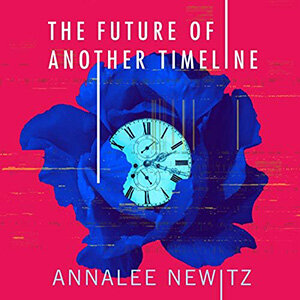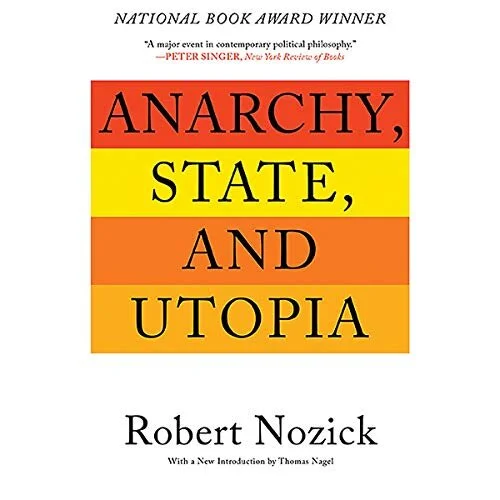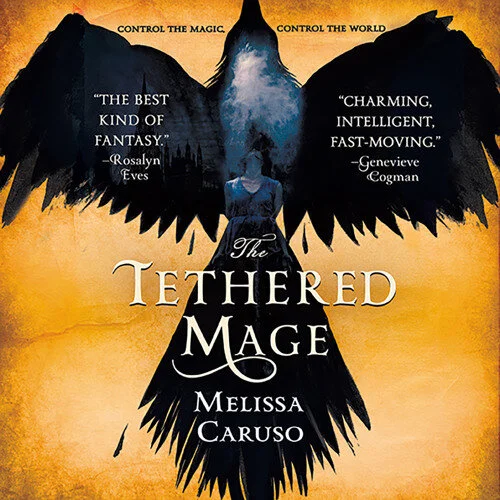Riot girls, suffragettes and time traveling feminists: three good reasons to read The Future of Another Timeline by Annalee Newitz
I’m always on the lookout for good time travel novels. An author is taking on a challenge when writing a time travel novel, as their characters could get lost in eternal paradoxes that alienate readers. Done well, time travel stories can be as great as Primer or Dr Who adventures such as Blink. At their worst, well, imagine Bill and Ted without the humor.
My interest in time travel stories meant that I was curious about Annalee Newitz’s new novel The Future of Another Timeline. The novel follows time travelling historical researcher Tess and opens with her visiting Irvine in California in 1992, which was when she was a teenager and before she became a time traveler. Here Tess encounters her younger self. The plot then diverges and we get chapters alternating in perspective from the older Tess and her teenage self, known as Beth to avoid confusion. This grabbed my attention as it’s an interesting premise for a novel and is a challenge to write well.
I read the opening four chapters of this novel, so I thought I would take some time to tell you all about it and why should read it.
Interesting plot
The plot of the book is interesting and the first few chapters include several tense scenes that left me hoping for my commuter train to hit a delay to give me enough time for a few more pages, so that I could find out what happened next.
Without giving too much away, the opening of the book includes Tess investigating a plot by time traveling misogynists bent on erasing women’s rights from history and Beth getting mixed up in an accidental death and a situation that spirals out of control. The opening chapters are undercut with a sense of tension that these events are all building to something horrible that is in Tess’s past and Beth’s future.
The time travel plot is well thought out. When writing a time travel story, it is important that the author considers the mechanics of time travel in their universe. The reader must not be confused, but a sense of mystery must be built up to encourage them to keep reading. This balance is not easy to achieve.
What I liked about Newitz’s novel is that the mechanics of time travel are not heavily dwelt on. A mechanism is not a story and the method of time travel if often less interesting than what it allows the author to do with their characters in historical or future settings. These opening chapters establishes an interesting protagonist who I want to go on a time travel adventure with.
The Riot Grrrl scene
Time travel is interesting, but what’s more interesting is where it can take a protagonists. What I liked the most about this opening was the Tess time travels back to the early 1990s, to the time of the Riot Grrrl scene and the dawn of third-wave feminism. It was great to have this point in history brought to life, as it’s a period that I am too young to have experienced but, like Tess, it was a formative experience for the older punks I met in my early twenties. I have been fascinated with the politics and especially the music of this period ever since.
The novel paints a vivid picture of this legendary moment in the history of punk. It was the time of a great surge in interest in gender politics as third-wave feminism took root on university campuses. There had been a rise in social conservatism during the Regan and Bush years, which was now being pushed back at by a new generation of punks; mainly women in the Riot Grrrl scene who combined rebellious music with radical gender politics. It was the time of Bikini Kill and Anita Hill’s sexual harassment testimony against Clarence Thomas.
The novel’s opening is a detailed portrait of this scene, the positive and negative aspects of it. There is liberational for teenage girls smothered by the conformity of conservative suburbia, but not every man in the early 90s punk scene was a fellow traveler. There have been problems with the gender politics of the punk scene since, and probably before, Sid Vicious probably killed his girlfriend Nancy Spungen and the novel does not shy away from this aspect of punk. There are a lot of teenage boys who are engaging with some very self-destructive and misogynistic cultural figures through punk. While some people were listening to Sleater-Kinney others were also listening to GG Allin.
Towards the end of the opening exact there it becomes apparent that the next stage of the plot will be focused on the 1890s and the suffragettes, what is now called first wave feminism. It will be interesting to see where this goes as feminism meant very different things in the 1890s than it did in 1992.
Engaging characters
What caused me to engage with the novel was the characters. They felt like real people, especially the teenage friends of Beth, who are the characters we find out the most about. My only criticism of the opening of the novel is that it is heavy on exposition. There is a lot to explain both about the setting the mechanics of time travel and hopefully now that this has been established the rest of the novel will move faster.
This is a novel that suits the current political moment. In Britain, there has been a recent explosion of feminist punk on the underground punk scene. This is the novel to read while listening to Dream Nails or Big Joaine. It feels right for this moment, to engage with the history of punk, feminism and politics.
Above all, this novel shows the struggle for womens’ rights that has been going on since first-wave feminism and how easily these rights can be taken away. This is something we should be aware of right now. For this reason alone - as well as the interesting characters, the punk and the cool time travel plot - you should go and read this novel. I can’t recommend it enough.











